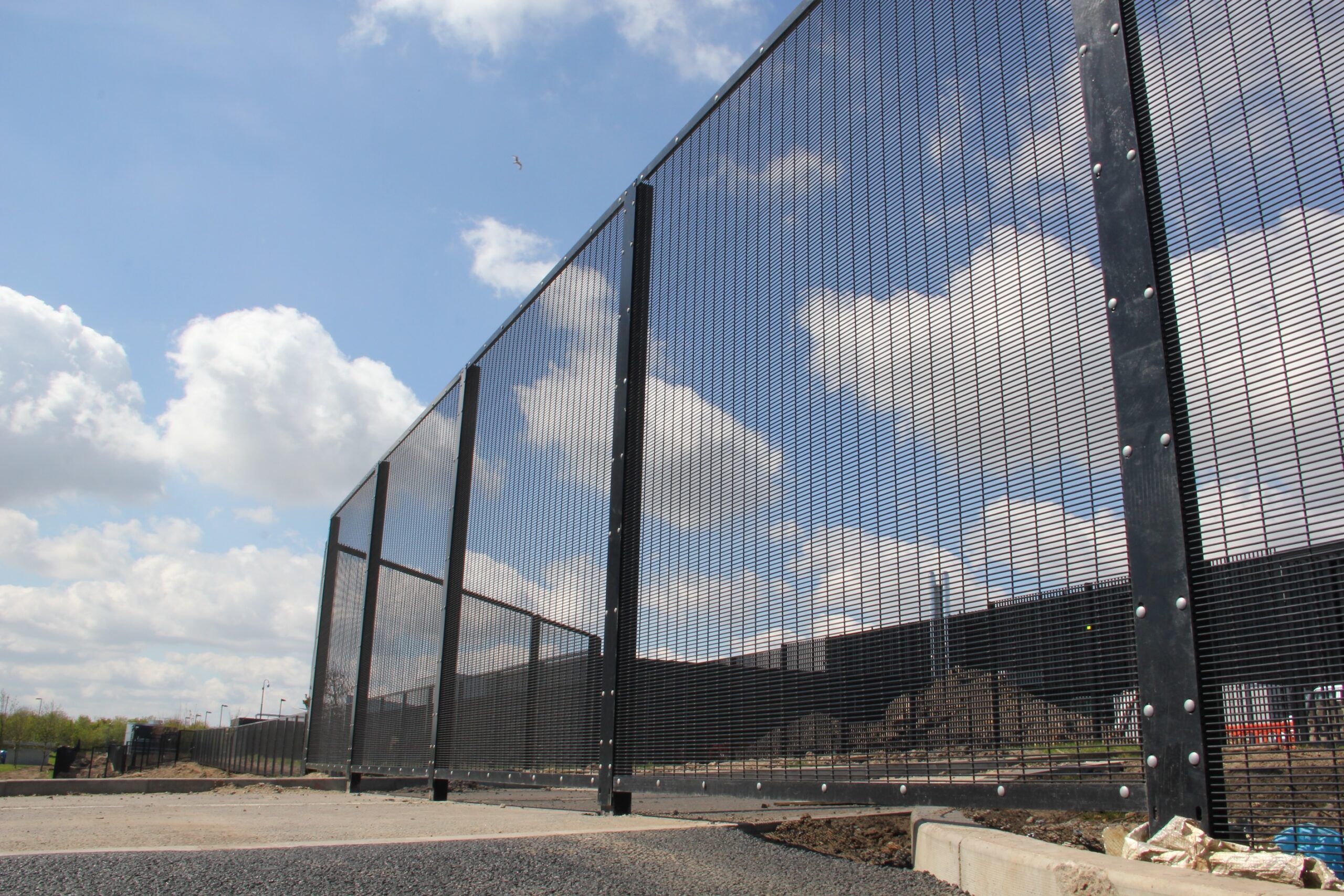Kevin Wells, Business Development Director at CLD Physical Security Systems (CLD) discusses the evolution of LPS 1175 and the value of certification when it comes to selecting physical perimeter security solutions.
Since its introduction in the mid-1990s, LPS 1175 has had a significant impact on the physical security industry. The standard set the bar higher than ever before, driving product innovation while providing specifiers, installers and facilities managers with a benchmark for quality and assurance.
In 1997, only a handful of products were certified to LPS 1175. Today this number has reached over 750, illustrating the greater demand for solutions that prioritise security resistance[1].
This certification ensures that security-rated fencing products undergo rigorous testing against real-world attack scenarios. As a result of this, 95% of products tested to LPS 1175 fail due to the stringent requirements set out by the Loss Prevention Certification Board (LPCB)1.
With this in mind, what benefits can be gained by choosing solutions with this certification and why is Issue 8 so important for the perimeter security industry?

LPS 1175 explained
The LPS 1175 Loss Prevention Standard, developed by the LPCB, provides a benchmark for protection against forced entry through the use of intruder-resistant and security-rated fencing.
In 2010, LPS 1175 Issue 7 was introduced, offering a performance classification to rate security products, determined through rigorous testing using various toolkits to assess the product’s delay time. However, recognising the need to keep pace with evolving security trends and attack methods, LPCB revised the standard in 2019, resulting in LPS 1175 Issue 8.
In Issue 8, the security rating system was redefined and divided into two components. Firstly, a ‘threat level’ is represented by a letter from A to H, corresponding to the toolkit used to evaluate the product’s resistance against intruders and the number of attackers involved. Secondly, ‘delay’ is represented by a numeric value from 1 to 20, indicating the minimum delay time provided by the product in minutes.
Benefits of LPS 1175
LPS 1175 is a globally recognised security standard that offers clients, architects, and specifiers assurance and consistency in product performance. Certification under the LPS 1175 test criteria demonstrates that a product has undergone independent and rigorous testing in a controlled laboratory environment.
LPS 1175 certification is a mandatory requirement for certain security installations to ensure compliance. Many insurance companies also recognise LPS 1175 certification, which can potentially lead to lower premiums and improved coverage terms.
Easier selection process
LPS 1175 Issue 8 also simplifies the selection process for buyers and specifiers. Customers can match products to their unique safety requirements with greater ease, which ensures that the chosen solution provides the required level of protection without overcomplicating the decision-making process.
For example, our Securus S4 has a D10/E3/G1 (SR4) rating, ideal for high security and utilities fencing. From this small piece of information, a buyer can identify if this solution is suitable for their application.
Flexibility and a layered approach
Issue 8 of LPS 1175 recognises that achieving extended delay times may require a layered security strategy involving multiple measures, which allows for more practical and effective security solutions.
By supporting a combination of certified products, the standard enables an all-round approach to perimeter defence, where these layers can be integrated to enhance overall resilience. This adaptability ensures that security plans can be tailored to specific conditions, optimising protection.
LPS 1673 and fence specification
A recent addition to the LPCB security standards is LPS 1673 – a standard that benchmarks the resistance to forced entry using violent bladed and blunt weapon attacks. LPS 1673 assesses attacks that are far more violent than standards such as PAS 24 and EN 1627.
It also involves a far more restricted array of tools than those which may be used during out-of-hours burglaries or during attempts to sabotage infrastructure, as covered in the LPS 1175 standard for intruder resistance.
This makes LPS 1673 particularly relevant for evaluating the effectiveness of fencing systems and access control systems, ensuring they are robust enough to withstand deliberate, aggressive breaches aimed at compromising security or causing significant harm.
The CLD strategy
CLD recognises that the introduction of LPS 1175 Issue 8 has placed the physical security industry under greater pressure and scrutiny, by prioritising innovation and customisation instead of a generic approach. This has resulted in the introduction of highly innovative physical security products in the market.
Specifiers and security managers can now assess the attack matrix and select the necessary security fencing solutions based on their specific needs, moving away from a one-size-fits-all approach. This change has fostered a more dynamic and adaptable approach to physical security in the industry – one which CLD welcomes wholeheartedly.
For more information on CLD Systems, please visit: www.cld-systems.com